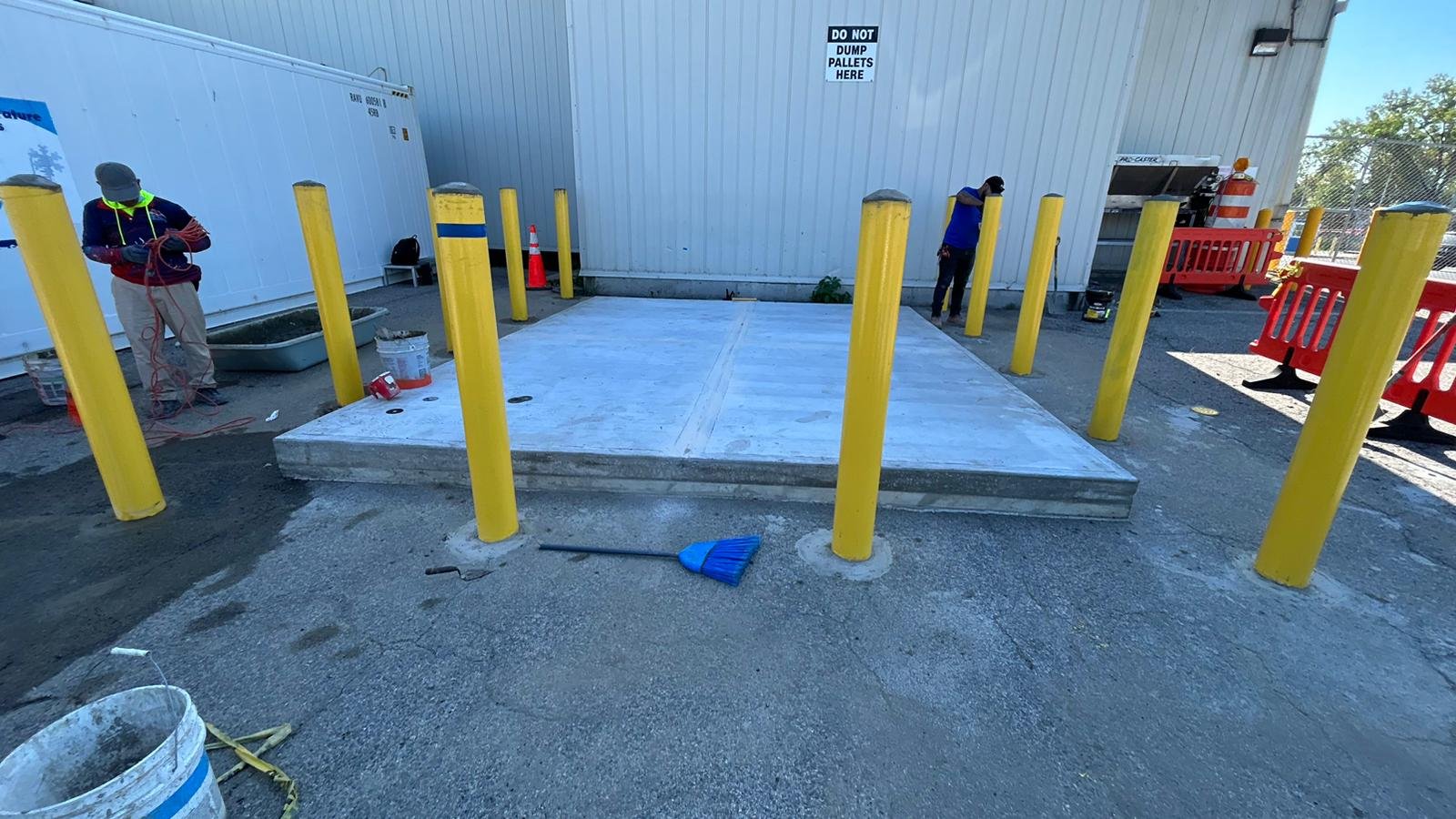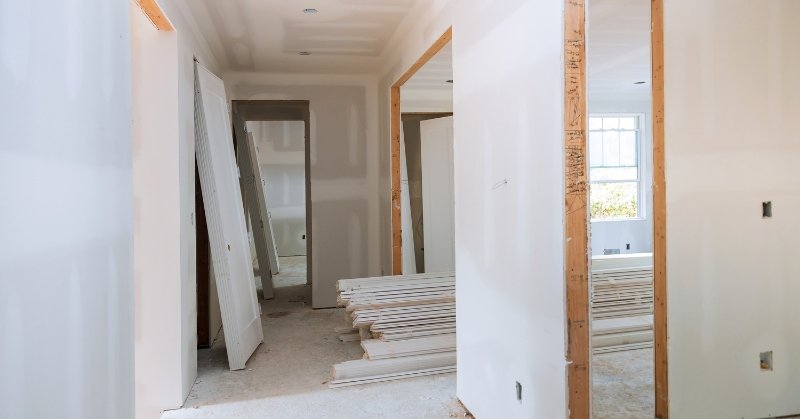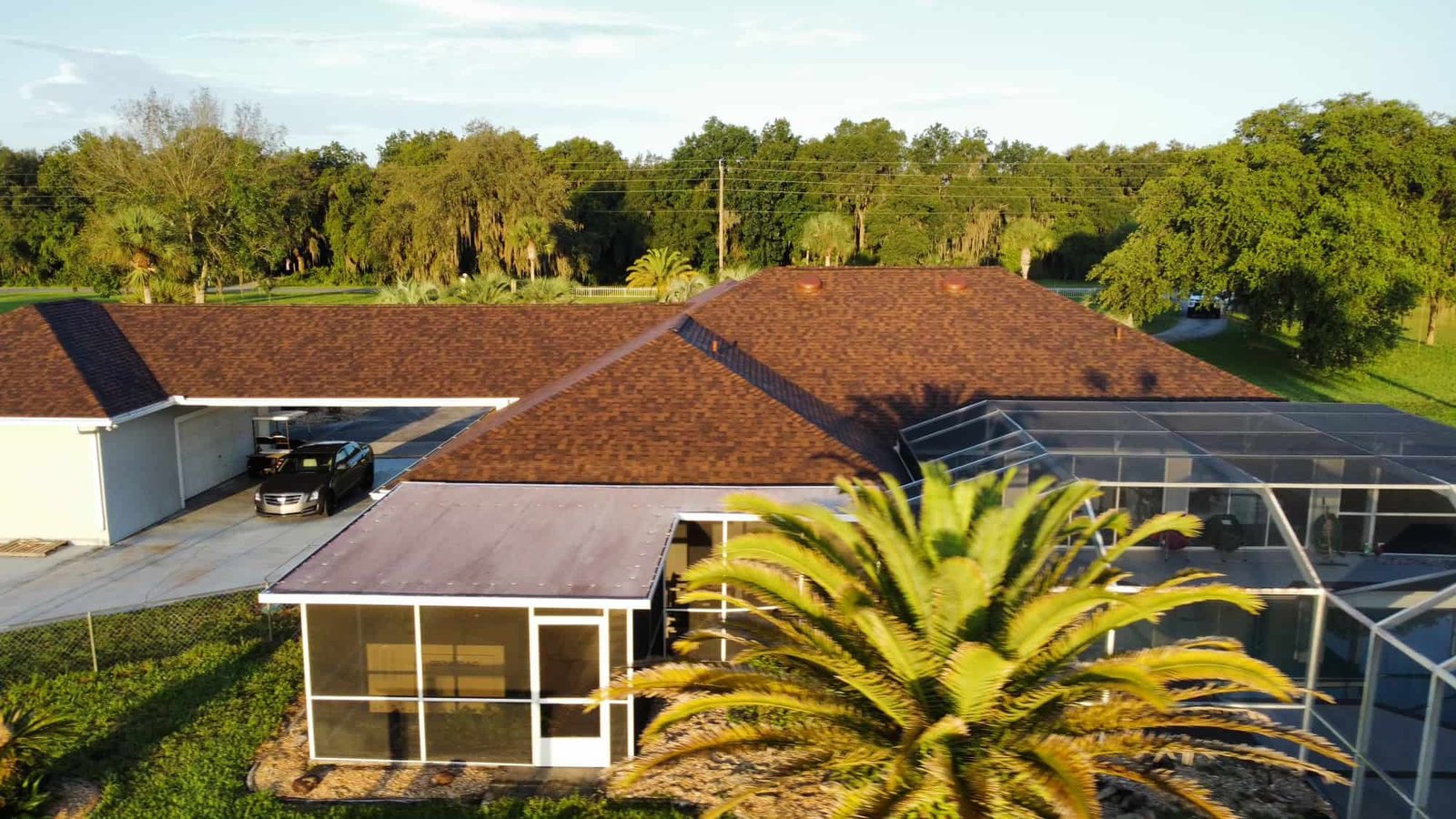Sidewalks are important parts of urban infrastructure because they provide pedestrians with safe and comfortable paths across cities. However, like every other component of the built environment sidewalks can deteriorate over time due to a variety of factors such as weather usage and tree growth. When dealing with sidewalk dangers, safety should always take first. We will examine the most important aspects of NYC sidewalk repair safety, providing insights and recommendations to guarantee that repair work is done successfully and without jeopardizing public safety.
Assessment and Planning
Understanding the Scope
Before commencing any sidewalk repair project, a thorough assessment of the damage is crucial. Identify the extent of cracks, uneven surfaces, or other issues that need attention. This assessment will guide the planning process and help allocate appropriate resources for the repair.
Creating a Detailed Plan
Crafting a comprehensive repair plan is vital for safety. This plan should outline the specific repair methods to be employed, the required materials, and a timeline for completion. Ensure that the plan adheres to local regulations and safety standards.
Safety Precautions
Worksite Safety Measures
Implementing safety measures at the repair site is paramount. Erect barricades, signage, and warning cones to alert pedestrians to the ongoing repair work. Make sure workers wear high-visibility clothing to remain visible to passing pedestrians and vehicles.
Workplace Safety Equipment
Workers must be provided with appropriate safety equipment. To protect oneself from potential hazards such as falling debris, workers must wear hard hats gloves safety goggles and steel-toed boots.
Traffic Management
Minimize Disruption
Sidewalk repairs often occur in busy urban areas. Implement a traffic management plan that minimizes disruption to pedestrian and vehicular flow. Consider scheduling repairs during off-peak hours to reduce inconvenience.
Pedestrian Pathways
Designate safe pedestrian pathways around the repair site. Clear, well-marked paths ensure that pedestrians can move around safely while the repairs are underway.
Environmental Considerations
Proper Waste Disposal
Sidewalk repairs can generate waste materials. Safely dispose of debris and waste according to environmental guidelines. Neglecting proper disposal can have negative consequences for the environment and public health.
Tree Protection
If tree roots are a factor in sidewalk damage, take precautions to protect trees during repair work. Consult with arborists to ensure that repair activities do not harm the root systems or health of nearby trees.
Communication with the Public
Public Awareness Campaigns
Inform the public about ongoing sidewalk repair NYC projects through local media, social media channels, and community bulletin boards. Transparent communication helps manage expectations and minimizes confusion.
Emergency Contact Information
Display emergency contact information prominently at the repair site. In the event of accidents or unforeseen incidents, clear instructions for seeking assistance should be readily available.
Conclusion
Sidewalk repair safety is a multifaceted endeavor that requires careful planning, diligent execution, and a commitment to the well-being of pedestrians and workers alike. By adhering to safety protocols, addressing traffic management, and promoting environmental consciousness, cities can undertake sidewalk repair projects that enhance infrastructure while prioritizing safety. Remember that a safe repair process not only minimizes risks but also fosters goodwill within the community as a city invests in the safety and convenience of its residents and visitors.




